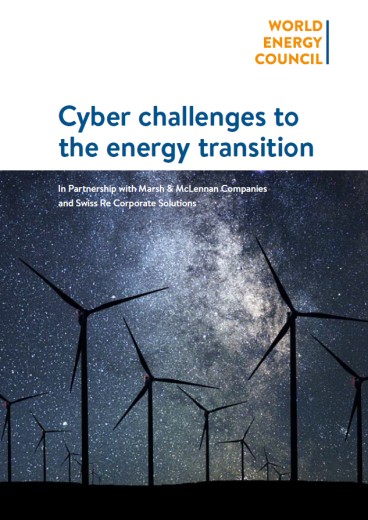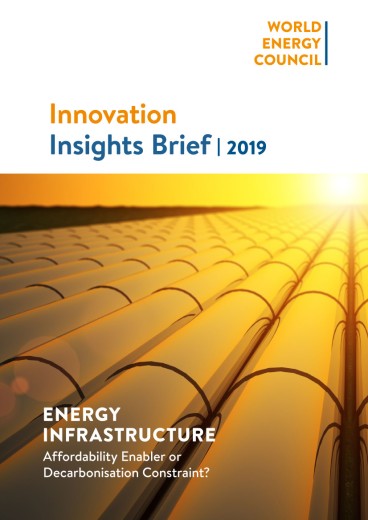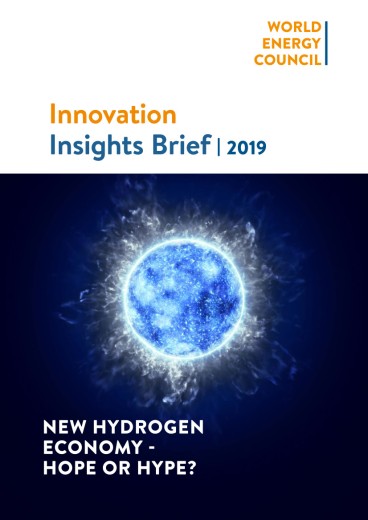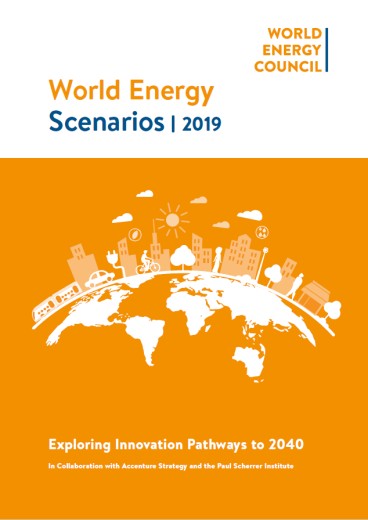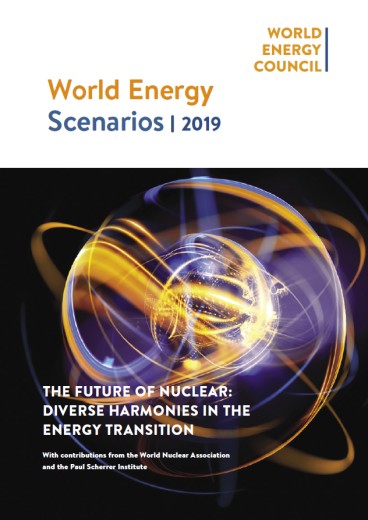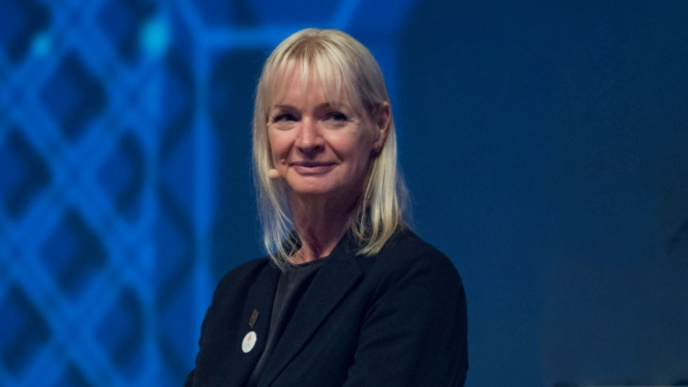Energy for Sustainable Prosperity and People
The theme of the 24th World Energy Congress in Abu Dhabi is “Energy for Prosperity”. The purpose of this triennial gathering of energy ministers, CEOs, financiers, and innovators is to explore transformational energy transition pathways that could offer new business opportunities while enriching the lives of all people on the planet, enabling whole societies to flourish, and regenerating the Earth’s natural life support systems. It provides the ideal platform for the global energy community to come together in achieving energy transitions that enrich lives without prejudice in relation to any single source of energy.
An increasingly connected and environmentally aware global population, a new spirit of entrepreneurialism, and the rise of disruptive digitalisation are driving changes in the way we produce, trade, and consume energy. Power is shifting along the energy value chain to data-empowered consumers, including energy prosumers. Innovation in energy transition is increasingly being driven from adjacent sectors, especially transport.
The challenge is to deliver prosperity for all by harnessing the emerging promise of a new era of global abundance of clean and renewable energy sources and technologies. We need to take concrete steps to protect our planet and enable all societies to flourish by securing flows of reliable, affordable and sustainable energy to everyone, at any time and in any place.
New perspectives
For the last decade, the Council has been systematically tracking leadership perceptions, policy performance outcomes, and new energy developments. Four significant new perspectives have emerged.
Moving beyond volume-based, commodities growth to enabling consumer-centric services.
The world has entered a new era that promises clean energy abundance from a combination of renewable energy and net-zero carbon pathways, with expected demand peaks for hydrocarbons. Digitalisation is impacting the energy value chain, enabling gains in supply and facilitating a shift in power from resource holders to demand-side aggregators. A more consumer-centric energy future is emerging, with a rise in expectations for ‘on-demand’ energy services. The era of volume-based commodities growth is ending, while new opportunities for consumer-centric services are increasing.
A growing acceptance of the Energy Trilemma.
Over the last 20 years, over 120 countries have seen some form of overall improvement in performance in managing the so-called ‘energy trilemma’ of energy security, energy equity, and environmental sustainability. These connected policy challenges continue to evolve and are met by new approaches in integrated policy innovations – ‘flexible’ security, ‘dynamic’ resilience, ‘useful’ access, and ‘affordable’ decarbonisation are part of the new vocabulary.
Avoiding climate crisis is more challenging and adaptation will require a mix of all technologies and broader innovation.
Not all energy needs and uses can be electrified. Heat, power, gas and liquid fuels will be needed for decades to come. Deeper decarbonisation strategies are needed to reach hard-to-electrify sectors of the economy. There is still no plausible pathway to 2ᴏC by 2050, but it is not too late to mitigate the impact of climate change and secure affordable and deeper decarbonisation using a mix of technologies and innovation.
Recognizing that fragmented leadership poses the biggest risk of all.
The geopolitics of oil and gas still matter and are broadening to include technology and data. Three years on, the promise of progress in meeting the Paris agreement and achieving basic access for all is fragmented across different sectors and scales. Despite the new spirit of entrepreneurialism in energy there is a tendency to overlook the role of incumbent innovators. Collaborative innovation and cross-sector leadership can help ensure and ensure human ambitions do not outpace human behaviour and avoid new geostrategic competitions.
Ten Areas for Action
We aim to make use of all flow pathways to secure clean energy liquidity on a global and local basis. We have identified 10 new opportunities in energy for sustainable prosperity and people.
Adopt a whole energy system leadership stance
Successful energy transition for prosperity, people, and the planet is a complex challenge that cannot be achieved all in one go. The energy system is characterised by increasing diversity of actors, interests, and challenges. Digitalisation is blurring sector boundaries. New energy technology alone cannot deliver the practical and affordable solutions the world needs to meet worldwide energy transition challenges. Responsible leaders are promoting a ‘whole system’ approach enabled through shared experiences and openness to continuous learning.
Adopt a healthy mix of technologies
There is no ‘one-size’ fits all solution. There is no room for complacency or for prejudice against one source of energy or another. Adoption of a healthy mix of technologies including net-zero carbon nuclear, carbon abatement mechanisms, and renewable energy that is useful and affordable. better policy choices.
Accelerate trade in clean molecules
New net-zero carbon (blue) and zero fossil (green) heat, liquids, and storage pathways are emerging which can enable the scaling up of renewables and reach parts of the energy system that have been too expensive to decarbonise. Clean energy flows (‘liquidity’) can be increased by switching between supplies and storage, progressing regional integration and by enabling new markets for clean energy trading. According to our modelling and analysis, hydrogen is a gamechanger and could reach a tipping point of 2.5% (11EJ) of total final energy consumption by 2040 and accelerate after that.
Enable energy infrastructure action planning
Action planning to secure the necessary investment for new build and to manage the stranding, decommissioning, and repurposing of existing assets must take into account that an increasing portion of the energy system is less visible to policy makers and network operators. Such planning requires data coordination in relation to critical infrastructure mapping and the engagement of energy prosumers and aggregators.
Enable new market designs
Decentralisation is leading to significant market design rule changes and the uptake and diffusion of new technologies. Governments need to honestly communicate integrated energy transition strategies that not only challenge big business and promise subsidies to the public. Instead they must convince society that everyone is required to contribute and change behaviour. Social acceptability of any kind of new energy technology, whether energy blockchain, new nuclear, hydrogen, novel energy storage, or wind farms, is not a given. Innovation in market design is needed.
Promote international dialogue on useful access and socially just energy transitions
Despite the progress in closing the basic energy access gap, nearly 1 billion people still rely on burning animal dung and wood for cooking and heating, a leading cause of early death. Achieving 100% access is feasible by 2030 but requires building on experience from leading countries and business models. Questions about the quality of energy access are emerging in many countries: energy poverty is rising within some OECD countries and basic access does not guarantee the ‘useful’ energy required to enable global well-being and billions of new livelihoods. International cooperation and concerted regulation are necessary to trigger Power-to-X investments in less developed economies. These investments have the potential to reinforce energy access and simultaneously diversify and decarbonise their economies through export of green fuels.
Provide networked, and flexible security and invest in ‘dynamic’ resilience
National energy security has traditionally been characterised by the robustness of energy systems and strategic oil stocks. The shift to digital, decarbonised, and decentralised energy abundance raises new energy security challenges – including extreme weather, grid visibility, reliability and resilience, and cyber security threats. Dynamic Resilience is a new framework that can be adopted by governments and businesses to embrace opportunities for learning with simulated crisis and for preparing rapid response and upgrading the system.
Strengthen sector coupling strategies for affordable and deeper decarbonisation
Governments and regulators at the regional and national level need to establish a level playing field for liquid fuels and assurance acceptance of imported green fuels. Deeper decarbonisation challenges relate to non-electrified uses of energy, including space heat and cooling, long distance transport, and industrial uses of heat and fuel. Carbon abatement mechanisms, welcome or not, will be needed in many cases.
Develop a new economics of energy transition
The costs of whole energy system transition are not the same as the marginal cost of new supply. Energy transition involves wider social, cultural and economic changes that are not reflected in technology cost curve analysis. The cost of servicing demand reliably needs to be included in a case of intermittent renewables, especially if we aim for 100% renewable power.
Close the skills and capabilities gaps
Energy sectors worldwide are trying to attract new talent and address critical skills gaps. Future energy professionals will not all be engineers, they will require blended skills and come from all segments of society. Energy education and capacity building are global blind-spots which are starting to receive urgent attention.
Since 1923, we have been engaging energy leaders across all sectors to convene and enable the depth of experiences, new insights, and practical tools needed to meet whole energy system innovation challenges. Through research and reflection on the diverse perspectives and common interests of our members, we facilitate effective leadership learning experiences and catalyse new impact communities to achieve transformation on a global scale. Working with worldwide network of independent Member Committees, with members across government, business, and society, and in all regions and many sectors, we have co-developed a practical and impactful Energy Transition Leaders Toolkit.


